Guide To The Causes And Complications Of Bunions
Bunions refer to bony and painful bumps that develop inside the foot at the joint of the big toe. This condition develops slowly over time when ongoing pressure on the joint of the big toe makes the toe lean unnaturally closer to the second toe. As this leaning continues, the bone structure changes, which causes a bump. The bump gets bigger over time, and eventually, it becomes painful to walk and wear shoes. Although anyone can develop a bunion, they are more commonly found in women.
Bunion treatment often begins with wearing wider shoes to accommodate the bunion. This can help relieve bunion pain. Patients with bunions that hurt can also take pain medication, such as ibuprofen. Cortisone injections for bunion pain may also help. Some patients may have bunions on both feet. In addition to proper shoes and pain medication, physical therapy for bunions can help too. Many patients also benefit from cool compresses and shoe inserts for bunions. Surgery for bunions is only recommended when the pain is interfering with an individual's daily activities. Of course, it is worth patients understanding the causes and complications of bunions first.
Foot Injuries
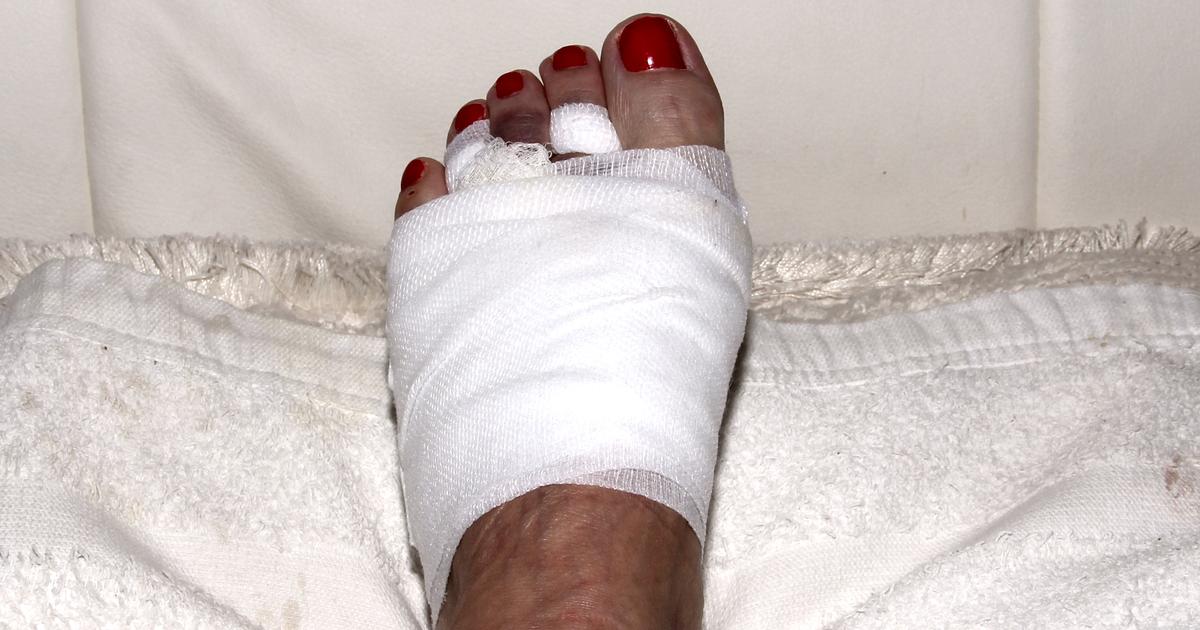
Foot injuries and stress on the foot can lead to a bunion. If individuals wear narrow shoes that squeeze their toes, the big toe is more likely to be pushed toward the second toe. This squeezing causes an injury that, over time, leads to the development of a bunion. A bunion occurs when the first metatarsal bone found in the foot pushes outward, causing the big toe to point inward, which leads to a bump.
Any injury caused by compression to the foot can lead to a bunion. With that said, bunions typically develop due to repeated stress on the foot over time. Toes wrapped too tightly while an individual is recovering from a foot injury can lead to a bunion. If an individual's shoes are narrow enough to cause pain when they wear them, especially when they wear them for long periods, they may cause a bunion. Bunions are most likely to develop when the foot is squeezed into a narrow shoe.
Read more about the causes and complications of bunions now.
Congenital Deformities
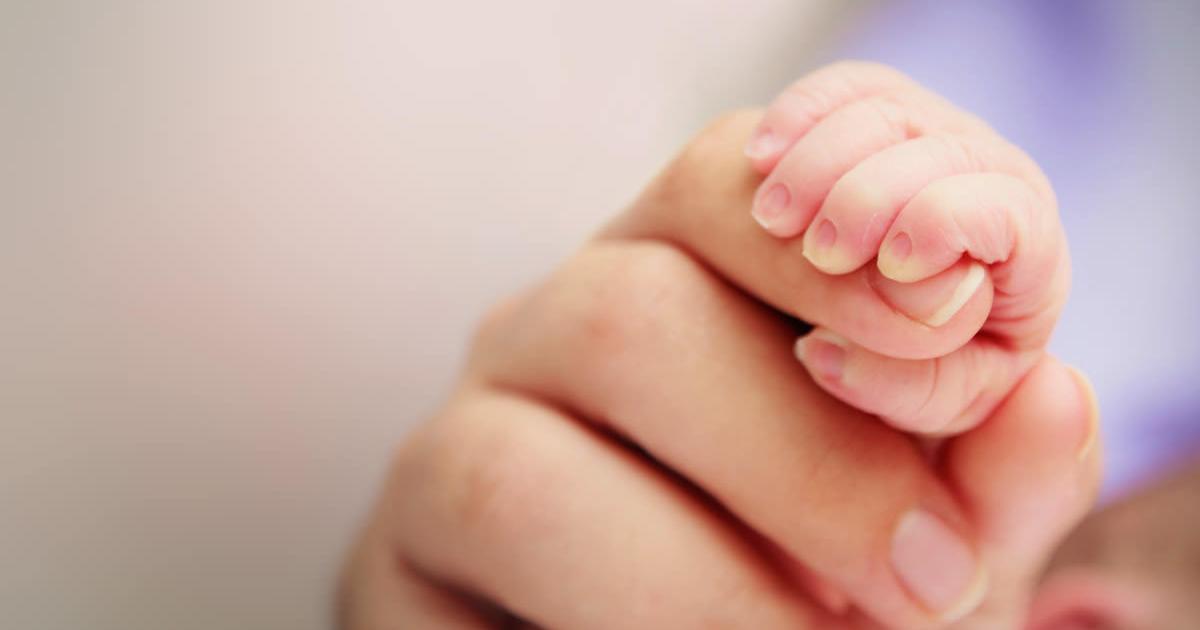
Some bunions can be the result of congenital deformities. In these cases, the bunions may not develop over time and may instead be part of the foot's natural shape. Congenital deformities also increase an individual's risk of developing a bunion. Even if the bunion is not present at birth, the foot bones of someone with congenital deformities may be more likely to shift with pressure than someone without the deformities. Two types of bunions have been identified by experts: congenital and acquired. A congenital bunion is acquired. The majority of patients with this bunion notice it during their teen years.
Many congenital bunions are non-progressive, which means they do not worsen over time, unlike acquired bunions. As long as a congenital bunion does not cause pain, it can be supported by a properly fitted shoe without needing surgery. Some individuals with congenital bunions may benefit from orthotics. However, as long as the right footwear is used, congenital bunions are unlikely to cause ongoing painful symptoms for the patient.
Uncover more causes and complications associated with bunions now.
Foot Type
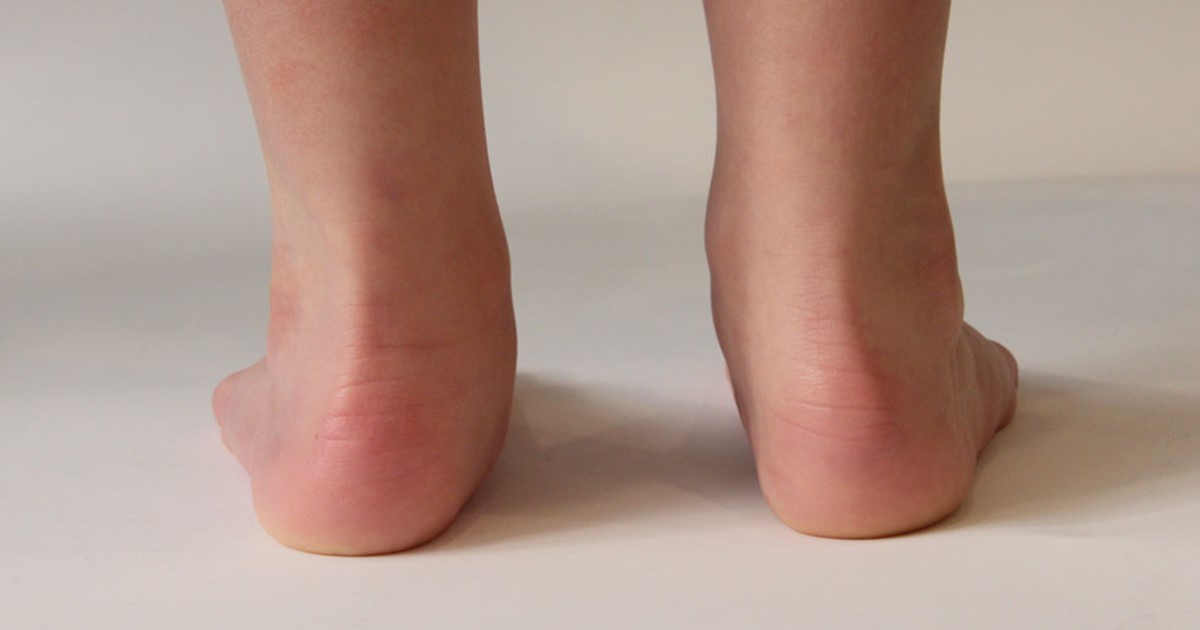
The type of foot an individual has seems to play a role in the development of bunions. Individuals may be more susceptible to developing a bunion due to genetics. Some are also just born with a bunion because of how their foot is formed. If an individual had a parent who developed a bunion, they often have a higher risk of developing one as well. The reasoning for this is not one hundred percent clear. One theory is that some individuals have bones that can shift more easily than others, particularly in the foot.
Another theory is that some individuals might have feet that are not easily shaped for most footwear. Individuals may need to get specialized footwear or take more care with where they shop to avoid developing a bunion. Individuals with wider feet may be more susceptible to developing a bunion if they do not specifically buy wide shoes. Wide-set toes are more likely to be compressed by regular and narrow shoes, particularly if they are wearing footwear like high heels. Many shoes women wear professionally in the office can increase the chances of developing a bunion.
Continue reading to learn about more causes and complications of bunions now.
Wearing Ill-Fitting Shoes Or High Heels
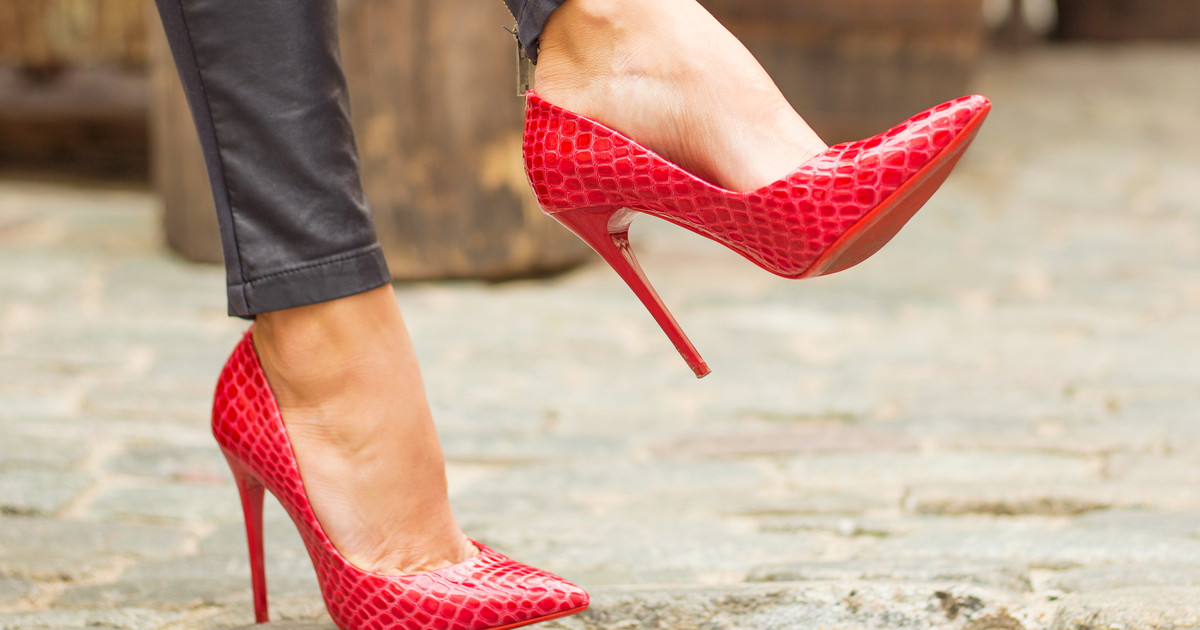
A major risk factor for the development of bunions is wearing ill-fitting shoes or high heels. In some cases, individuals may be wearing ill-fitting high heel shoes. An individual’s toes are forced to the front of high heel shoes. The front of these shoes often compresses the toes, particularly when individuals are wearing pointy-toe high heel shoes. Unfortunately, this crowds the toes. This is a common effect of ill-fitting shoes as well. Shoes that are too narrow, tight, or pointed put more pressure on the feet and toes. Ultimately, this pressure is what can injure the foot and increase an individual’s overall risk of developing bunions.
Get more information on the causes and complications of bunions now.
Rheumatoid Arthritis

Rheumatoid arthritis is an autoimmune form of arthritis, an inflammatory condition. This condition causes joint pain, inflammation, and damage throughout the patient’s body. Patients often deal with significant joint swelling and tenderness, as well as joint stiffness, fatigue, appetite loss, and fever. Unfortunately, rheumatoid arthritis increases an individual’s risk of bunions. Their risk is higher even in the early stages of rheumatoid arthritis, as these stages affect smaller joints first. This includes the joints between the toes and the feet. One of the reasons that rheumatoid arthritis patients are at a higher risk of bunions is the effects of joint inflammation. Many patients also deal with joint erosion in their toes due to rheumatoid arthritis. This may result in shifting and dislocation, which can cause the formation of bunions.
Reveal more causes of bunions now.
Standing For Long Periods
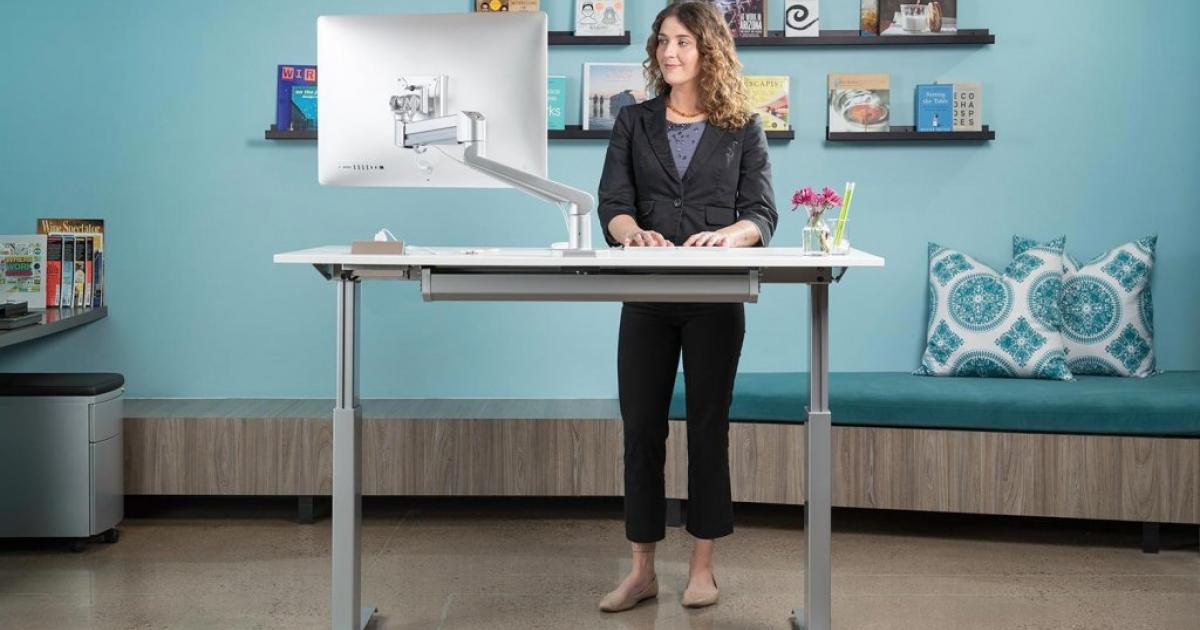
Many of the causes of bunions are linked to increased pressure on the feet. Of course, some of these causes and risk factors are less common than others, often because they do not put as much pressure on the feet as others. Another example of a risk factor for bunion development is standing for long periods. When individuals stand, they put more pressure on their legs and feet than they would if they were sitting. This is because they have to support the weight of the rest of their body. Individuals should sit down regularly to avoid the increased risk of issues with their feet, including bunions. If they cannot avoid standing for long periods, such as due to their job, individuals should wear appropriate footwear to manage the increased risk of bunions.
Get more information on complications linked to bunions now.
Bursitis
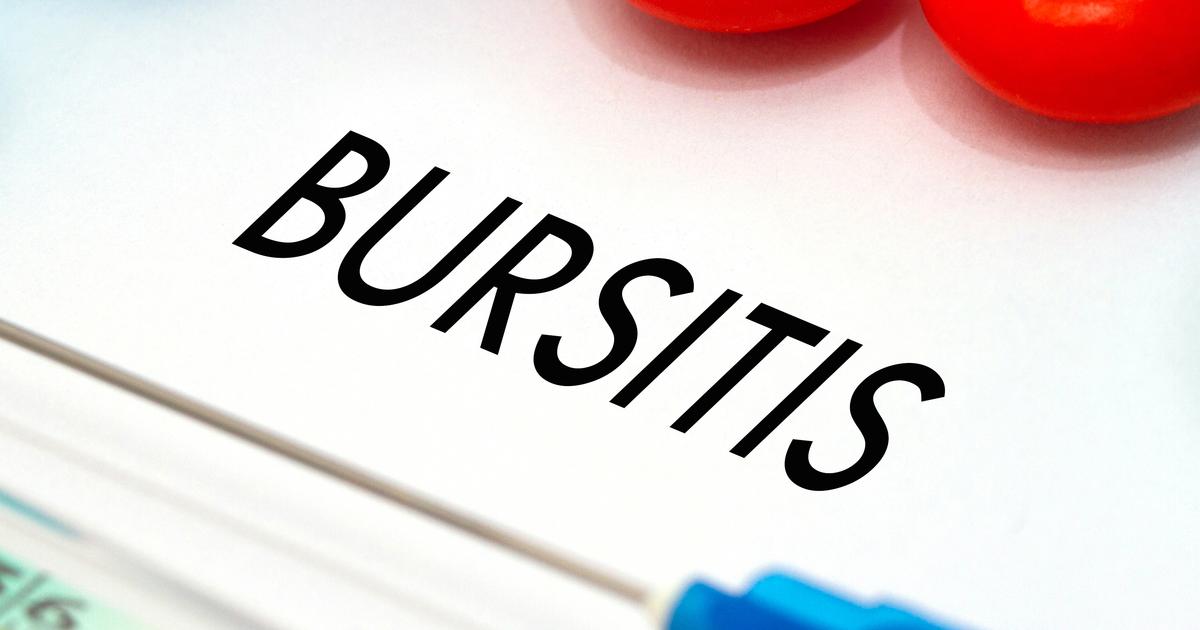
One of the potential complications from bunions is bursitis, a painful condition that occurs when there is inflammation of the pads cushioning the joints. These sacs are called bursae, and they are found in various places throughout the body. The repetitive pressure and ongoing warping of the shape of the foot can lead to inflammation in the toe joint. When bursitis occurs not as a result of bunions, it is most common to appear in the hip, elbow, and shoulder. Pain from bunion-induced bursitis usually occurs around the base of the big toe.
A condition similar to a bunion can happen with the pinkie toe, which can also lead to bursitis in that joint. If individuals experience bunion-induced bursitis, one of the first courses of action is to get better and more cushioned footwear. Resting the joint is also recommended. The pain from bursitis tends to stop within a couple of weeks, though some individuals experience recurring flareups. A bunion with bursitis may look red and swollen in addition to protruding.
Keep reading to learn more about complications connected to bunions now.
Hammertoe

Another potential complication of bunions is hammertoe, which is a further deformity of the foot. Hammertoe is an abnormal bend in a toe's middle joint. When patients have bunions, it tends to occur in the second toe due to the pressure of having the first toe pushed against it. Hammertoe can lead to further pain and pressure in the foot. The abnormal bend can add to the pressure individuals experience when they wear shoes, especially if the shoe does not have a roomy toe box.
Hammertoe may make the toe look like it is curled or bent even when it's straight. Aside from bunions, hammertoe is most commonly caused by an imbalance in the muscles and tendons of the foot. Improperly fitting shoes can aggravate a hammertoe, but the pain tends to lessen once individuals have shoes that fit. Some patients benefit from specialized orthotics.
Discover complications linked to bunions next.
Chronic Foot Pain
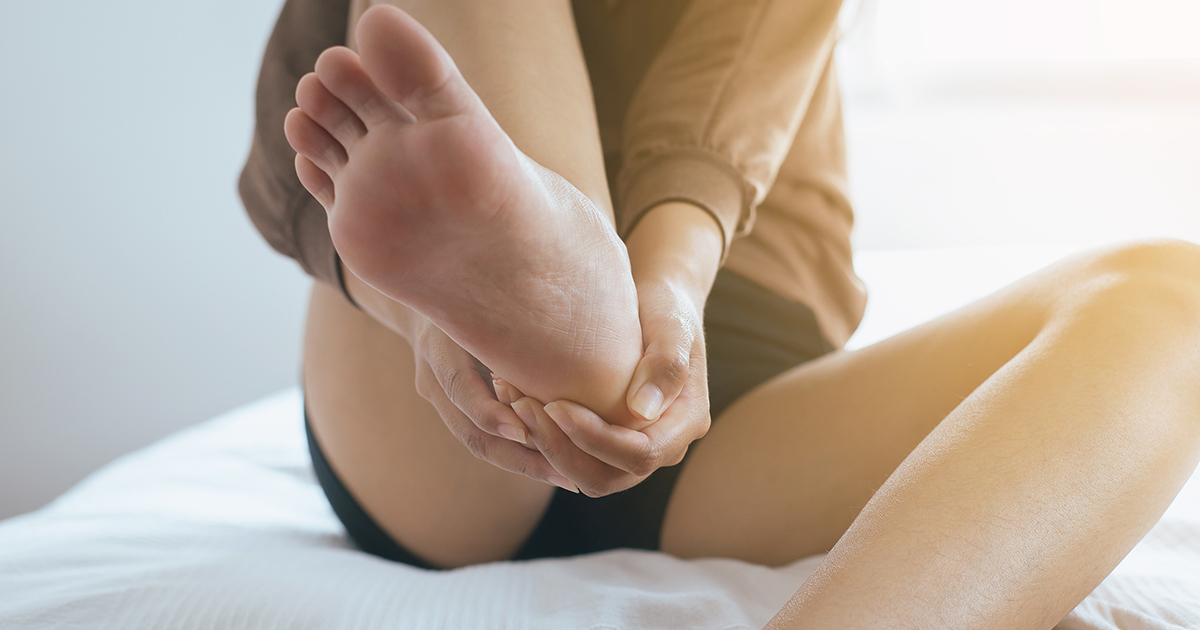
An untreated bunion can be quite irritating. Without treatment, including lifestyle changes, bunions can cause increased pain. One common complication linked to untreated or improperly treated bunions is chronic foot pain. In many cases, patients deal with chronic foot pain as a complication because their bunion is putting additional pressure on their toes and joints. The bunion rubbing against shoes and other objects can also increase the foot pain. In addition, the risk factors and causes of bunions combined with an existing and untreated bunion can contribute to the complication of chronic foot pain as well.
Learn more about the complications associated with bunions now.
Metatarsalgia
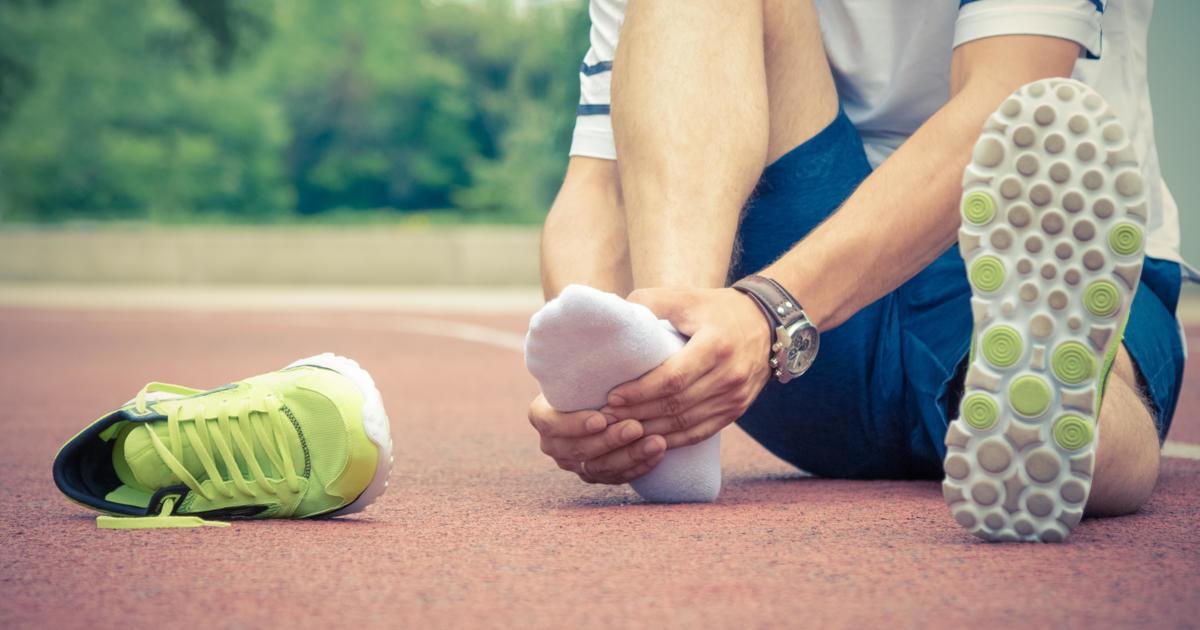
Metatarsalgia is another significant complication linked to untreated bunions. This condition involves the ball of an individual’s foot becoming quite inflamed and painful. The pain in metatarsalgia can be sharp, burning, or aching. It is always located around the ball of the patient’s foot. However, other symptoms include tingling, numbness, or shooting pain in the toes. When individuals wear shoes with this complication of bunions, they often feel as if there is a pebble or other small object in their shoes. The pain of metatarsalgia worsens when individuals are standing or active. Patients need to receive treatment for this condition, as well as bunions, in order to relieve the pain significantly.